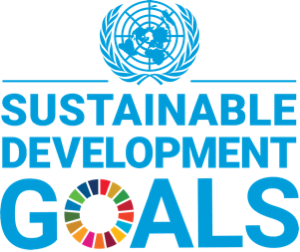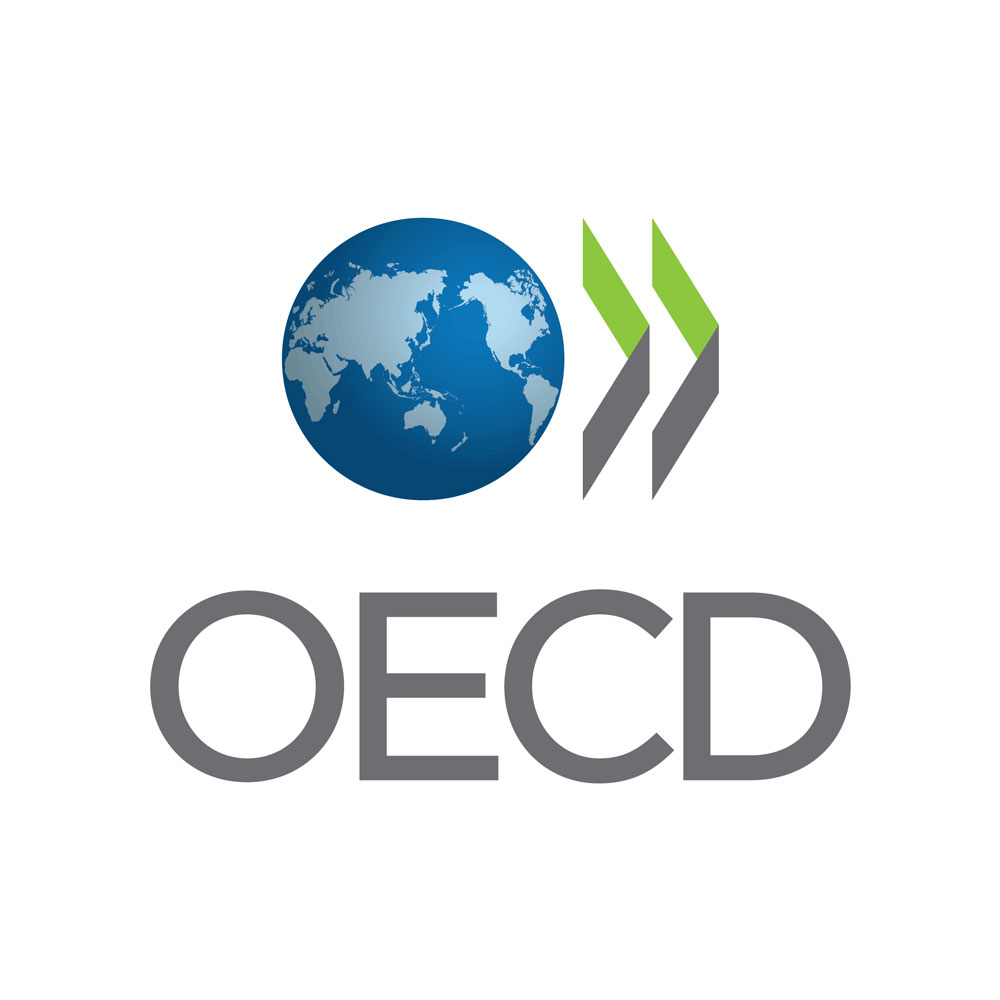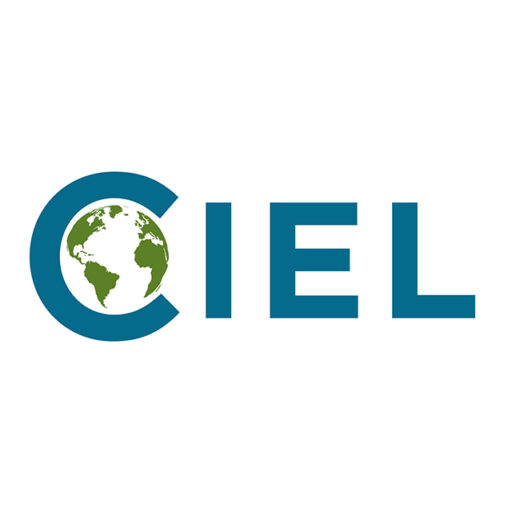Plastics and Sustainability: Best Practices and Future Opportunities
Sustainability is crucial in the plastics industry. By producing plastics responsibly, we align with sustainable development’s principle—ensuring today’s needs don’t compromise the future’s. This sentiment is underscored by the World Commission on Environment and Development or the Brundtland Commission. Furthermore, the UN lists responsible consumption and production, which can be used to address plastic waste and pollution, as a key Sustainable Development Goal.
Plastics, found everywhere from packaging to healthcare, have undeniable value. However, the way we produce, use, and dispose of them has environmental repercussions, contributing to pollution and climate change.
In this guide, we’ll delve into how the plastics industry, alongside consumers and governments, can address these challenges. We’ll explore technological advancements, policies, and strategies that focus on sustainability throughout the entire life cycle of plastic, from its creation to its disposal.
Understanding the Plastics Industry
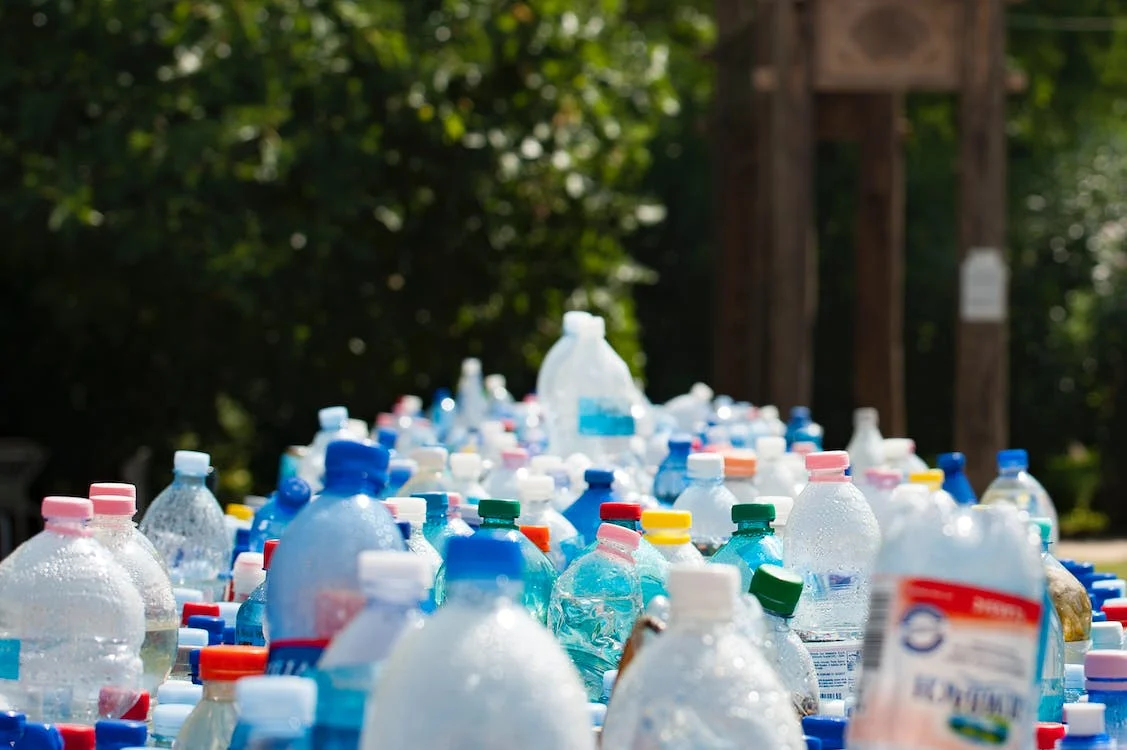 Photo by mali maeder from Pexels
Photo by mali maeder from Pexels
The global plastic market size is valued at USD 609.01 billion as of 2022, according to this report. Its continued growth is expected to be fueled by construction, automotive, and electrical and electronics industries, in response to regulations and the demands of emerging markets.
Diving deeper into the sector, the plastics industry comprises manufacturers of plastic, plastic products, and equipment to produce plastic. It also includes distributors, brand owners, and recyclers.
One might wonder, why plastic is so prevalent. Plastic stands out because of its cost-effectiveness and durability compared to materials like wood, glass, and metal. Its adaptability allows it to be crafted into objects of varying shapes, sizes, colors, and purposes. Such versatility translates into its widespread use—from storing personal care items to enhancing home energy efficiency and keeping food fresh, among many other uses.
Types of Plastics
Learn the different types of plastics, their characteristics, and recyclability according to conventional recycling standards.
1. PET or PETE – Polyethylene Terephthalate
Characteristics: Lightweight, strong, rigid, transparent (sometimes pigmented or colored), most widely recycled plastic
Applications: Disposable beverage bottles, fabrics, food packaging products
Recyclable: Yes
2. HDPE – High-Density Polyethylene
Characteristics: Versatile, strong, waterproof, UV-resistant
Applications: Outdoor products like plastic lumber and playground equipment, cutting boards, shampoo bottles
Recyclable: Yes
3. PVC – Polyvinyl Chloride
Characteristics: Hard and rigid or soft and flexible, durable, lightweight
Applications: Gloves, plastic food wrap, construction like piping and flooring
Recyclable: Not or hardly recyclable because most recyclers don’t accept PVC or Vinyl
4. LDPE – Low-Density Polyethylene
Characteristics: Flexible, weatherproof, cheaper than HDPE, easy to process
Applications: Usual plastic bags, shrink wraps, toothpaste tubes
Recyclable: No
5. PP – Polypropylene
Characteristics: Durable, heat-resistant, lightweight, sturdy
Applications: Food packaging and storage products like plates, cups, cutlery, bottles; medical vials, syringes, test tubes
Recyclable: Yes, but depends on the recycler
6. PS – Polystyrene (commonly known as styrofoam)
Characteristics: Lightweight, transparent, rigid, brittle
Applications: Disposable food and drink containers, packing peanuts, insulation
Recyclable: No; certain states have banned polystyrene foam products
7. Other Plastics
Examples: Bisphenol A (BPA), Polycarbonate (PC), biodegradable plastic
Applications: Water bottles, compact discs, polycarbonate lenses, compostable cutlery
Recyclable: Generally no
Life Cycle Assessment (LCA) of Plastics
A life cycle assessment evaluates the effects of a plastic product on the environment throughout its life. LCAs offer a scientific approach to understanding the actual environmental impact of plastic, such as highlighting situations where plastic may be the more environmentally sound choice than other products.
Tetra Pak, for example, has made available LCAs that investigate the environmental impact of its beverage and food packaging products online.
Environmental Challenges and Opportunities
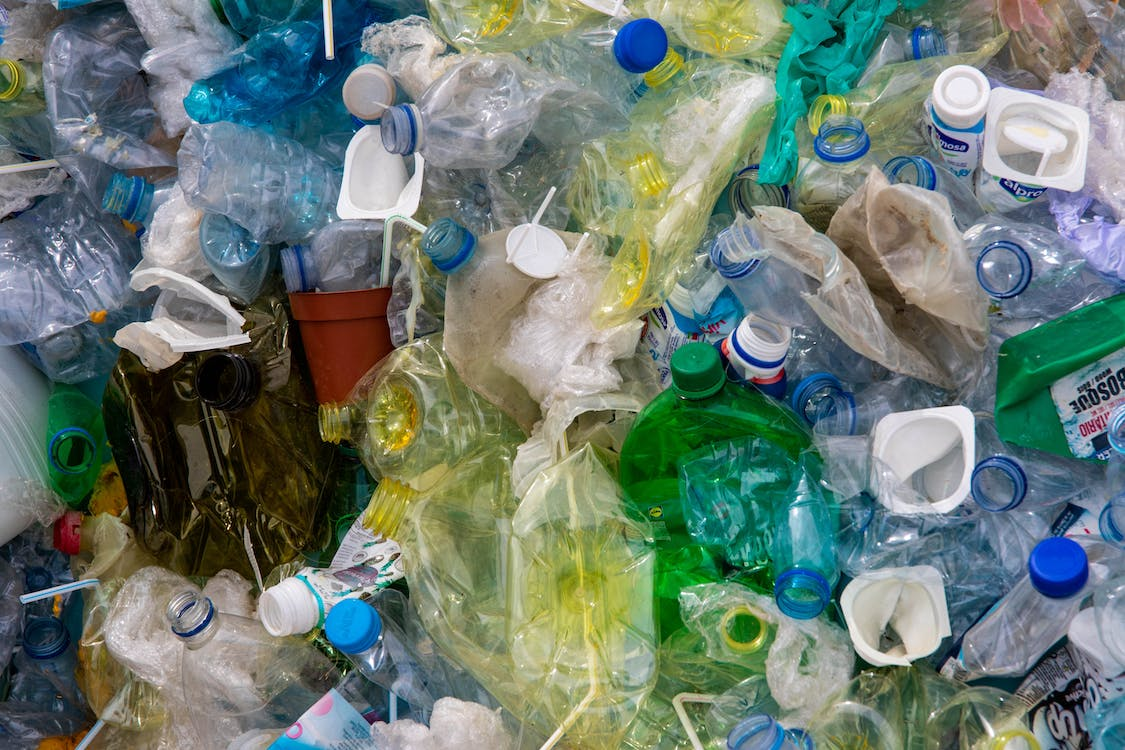 Photo by Magda Ehlers from Pexels
Photo by Magda Ehlers from Pexels
The problem with plastic is that its improper disposal has resulted in numerous problems affecting the environment. Here are key facts and figures about plastic.
- In 2019 annual plastic production reached 460 million tonnes or nearly 230-fold since 1950 when only 2 million tonnes of plastic was produced globally, according to Our World in Data.
- About 99% of plastic is produced using chemicals found in fossil fuels. From fossil extraction to plastic’s impact on land and sea, greenhouse gases are emitted at every stage of the plastic’s lifecycle, according to the Center for International Environmental Law (CIEL) in this report.
- According to the United Nations Environment Programme (UNEP), 19 to 23 million tonnes of plastic waste find their way to aquatic ecosystems. UNEP notes that plastic pollution can alter habitats and reduce their ability to adapt to climate change.
- Microplastics or tiny particles that disintegrate from plastics can seep into water sources and affect soil fauna.
- Burning plastic as a way to dispose of household plastic waste is found to release microplastics, bisphenols, and other contaminants. They pollute the air and affect human health.
The Current State of Plastic Pollution
Plastic waste is a major problem because only 9% is recycled. The rest are 19% incinerated, 50% disposed of in landfills, and 22% marked as having “evaded waste management systems”, according to the Organisation for Economic Co-operation and Development’s first Global Plastics Outlook. Recycling also has limitations as not all plastics are recyclable and recycling regulations and facilities, if any, vary by location.
In 2021, 139 million metric tons of single-use plastic waste was generated globally, an increase of 6 million metric tons in 2019, according to this report that cited the Plastic Waste Makers Index. The waste generated in those two years meant each person contributed about 1 kilogram of plastic waste.
Climate Change Implications of the Plastics Industry
According to this OECD Policy Highlights in 2023, plastic production, conversion and waste management accounts for 4% of total greenhouse gas emissions. About 90% of that figure is attributed to the production and conversion stage of plastics.
Opportunities for Sustainability in the Plastics Industry
Given the figures above, there’s a pressing need to address sustainability in the plastic industry. This challenge paves the way for discovering improved methods of producing and managing plastic, aided by research, innovation, and comprehensive assessments.
Some brands have already used secondary or recycled plastic in their packaging. Others have made their products recyclable, reusable, sustainable, biodegradable, compostable, or refillable as in the case of shampoo bottles.
Hygiene, cost, and safety affect a company’s decision to make its processes more environmentally friendly. As will be discussed in more detail later, policies play a key role in the adoption and adherence to sustainable plastic manufacturing practices and standards.
Best Practices for Sustainable Plastic Production
 Photo by Vlada Karpovich from Pexels
Photo by Vlada Karpovich from Pexels
Sustainable plastic production is about minimizing the environmental impact of a plastic product throughout its lifecycle. This process also aims to bring the least harm to people, animals, plants, and the environment.
1. Design for sustainability.
The design stage is critical because decisions made there can determine up to four-fifths of a product’s lifetime emissions. Designing for sustainability can start by minimizing packaging, while still ensuring product safety during transport.
A plastic product can also be designed for longevity and ease of use or repair. This circular design lets a user enjoy the product, eliminating the need for replacements and keeping it out of landfills. Single-use plastics tend to be discarded right away, so they ought to be recyclable, biodegradable, or compostable.
2. Select materials or their alternatives with low environmental impact.
Using materials that are recyclable or renewable significantly cuts down on waste and emissions. Consider eco-friendly materials in making plastic products. Bio-based plastics are derived from renewable resources like corn and sugarcane. They offer a lower carbon footprint than their fossil fuel counterparts.
There’s also recycled plastic, which extends the life of plastic and requires fewer resources than extracting and processing virgin materials. This white paper from the Association of Plastic Recyclers showed a comparison between 100% recycled pellets and 100% virgin pellets.
3. Adopt energy efficiency.
Plastic processing is an energy-intensive industry with processes like injection molding. Plastic manufacturers will need to run energy audits to determine their energy efficiency and find areas where they can save energy.
Incorporating renewable energy sources like solar and wind projects is one strategy. This plastics factory in Malaysia uses solar PV that can generate up to 85% of the facility’s electricity needs during peak hours.
4. Reduce waste.
The US Department of Energy has made a $13.4 million investment toward research projects that would combat plastic waste through novel recycling processes and technologies. One project focuses on the development of a closed-loop upcycling of single-use plastic films to biodegradable polymers.
Apart from recycling, the most effective ways for plastic manufacturers to minimize waste include adopting eco-design principles and optimizing production processes. These strategies prioritize waste reduction at the source and ensure product longevity and end-of-life responsibility.
5. Recycle.
Recycling means less plastic waste going into landfills and leaking into the soil and seas, as this supposed waste is cleaned, processed, and converted into new useful things. Using recycled content decreases the need for virgin plastic, which in turn reduces the product’s greenhouse gas emissions and carbon footprint.
This study from Imperial College London notes that all plastic being recycled could result in 30 to 150 million tonnes of carbon dioxide in annual savings.
Plastic pollution does not exist in isolation and involves communities that will directly feel the impact of threats arising from the plastic problem. The following are examples of public-private initiatives promoting plastic waste management.
#BreakFreeFromPlastic consists of 12,000 organizations and individuals coming together for the reduction of single-use plastics. The global movement is also advocating for lasting solutions to the plastic pollution crisis.
Zero Waste International Alliance is a global network of leaders and communities working toward a world without waste through its policies, processes, and standards.
Sustainable Plastic Use and Disposal
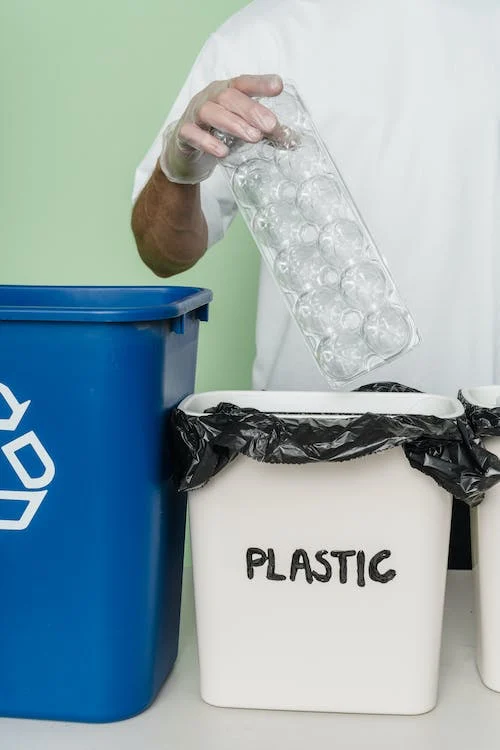 Photo by Lara Jameson from Pexels
Photo by Lara Jameson from Pexels
Laws banning plastic bags and other single-use plastics regulate plastic consumption to an extent. Bangladesh was the first to implement a ban on thin plastic bags in 2002, and hundreds of countries have followed and implemented a form of ban on plastic bags with varying outcomes. One visible outcome of the bag ban is the adoption of reusable bags in supermarkets and grocery stores.
Consumers as stakeholders have a big role to play in the proper disposal of plastics. Responsible plastic disposal starts with identifying the kind of plastic at hand. One can refer to the plastic number or symbol found in containers or bottles to know whether or not they are recyclable.
Recyclable plastics go into the recycling bin; sometimes compostables have a separate bin. Plastic bags, along with wraps and films, have collection bins at supermarkets and grocery stores. It’s also important to determine the items to be collected and recycled curbside versus those that are collected at drop-off stations.
Businesses and brands also ought to properly label their products and educate consumers on what the symbols mean. They can raise awareness about recycling through campaigns and programs in collaboration with the community. A beverage company’s program titled World without Waste, for example, engages people to help with collecting and recycling bottles.
Innovations and Emerging Technologies
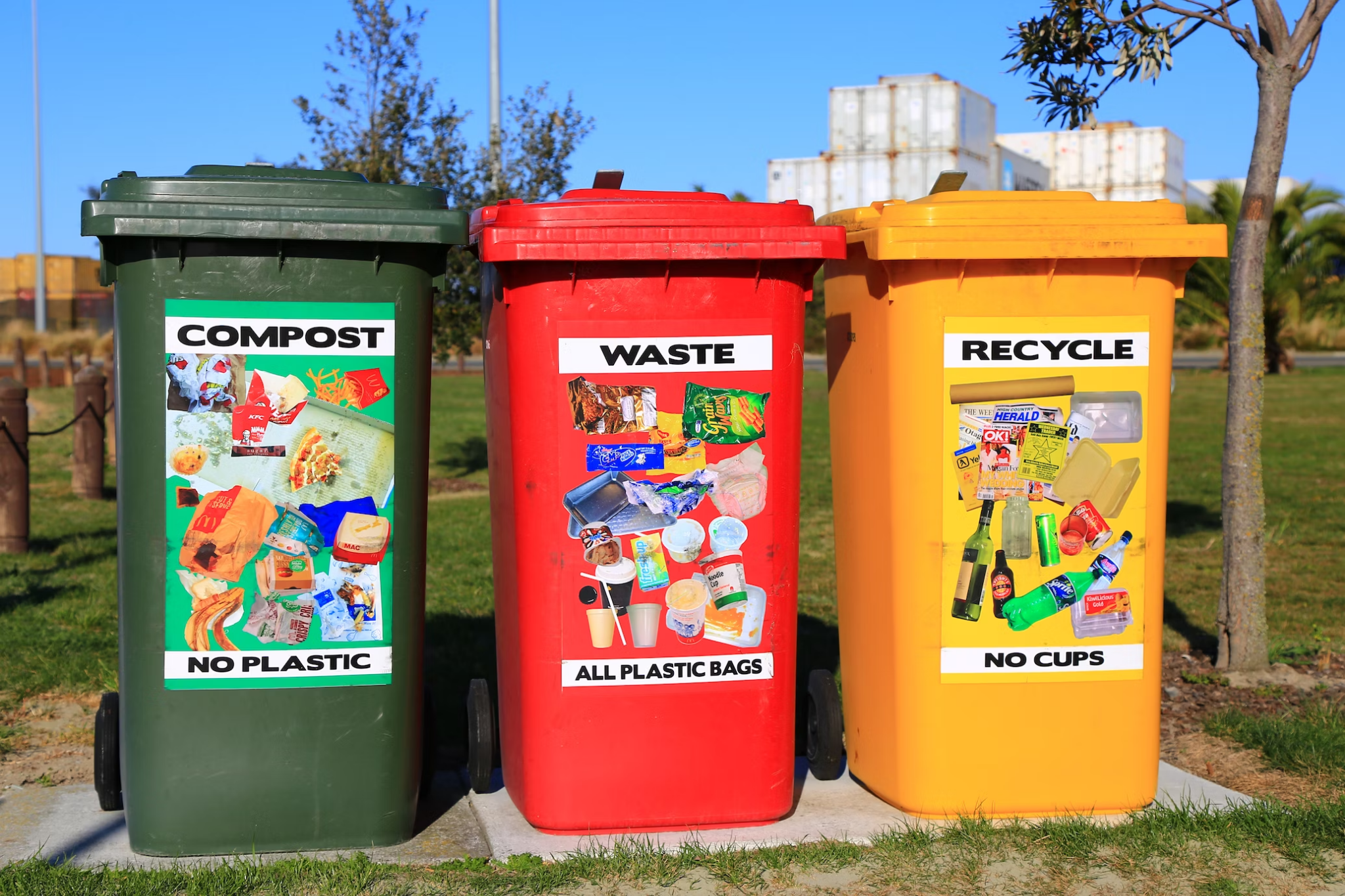 Photo by Nareeta Martin from Unplash.com
Photo by Nareeta Martin from Unplash.com
Get to know alternatives to the usual plastic.
| Key Characteristic | Pros | Cons | |
| Biodegradable Plastic | Designed to break down naturally or be degraded by living organisms. | Can be made using bio-based materials and reduce waste. | Fossil fuels may still be involved in the process of making biodegradable plastic. |
| Compostable Plastic | A subset of biodegradable plastic, it is made to break down in a home compost or industrial facility under specific conditions. | Reduces waste and improves soil through composting. | Industrially compostable plastics (even those labeled as home compostable) might end up landfilled or incinerated due to lack of facilities. |
| Bio-based Plastic | Made with plants like corn and sugarcane. | Can be renewable wholly or in part and has a lower carbon footprint. | Not necessarily recyclable, biodegradable, or compostable. |
Bioplastics broadly refers to plastics that are bio-based or biodegradable. Bioplastics can be made from polylactic acid (PLA) and polyhydroxyalkanoate (PHA).
Advanced Recycling and Plastic Waste Management
Even plastic alternatives still need to be properly collected and managed. Mechanical recycling, which alters plastic materials physically but not their chemical structure, is a conventional way of recycling post-consumer waste.
Meanwhile, advanced recycling or chemical recycling refers to technologies that break down plastics into raw materials used to make new plastics, fuels, or other products. Advanced recycling technologies (ARTs) can recycle hard-to-recycle plastics, mixed plastics, and others that would have been excluded from mechanical recycling. Advanced recycling methods can also produce high-performing plastics.
Using chemical recycling alongside mechanical recycling is one innovative approach to plastic waste management. Other innovations are underway such as research projects funded by the Department of Energy, aiming to cut down plastic waste.
Regulatory Framework and Policies
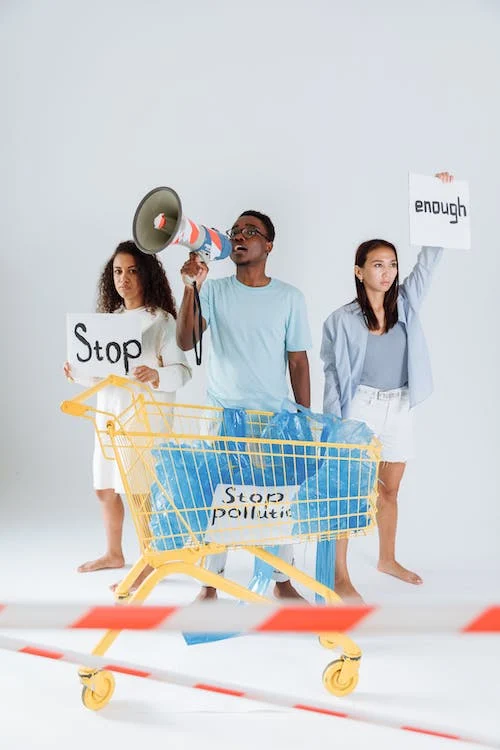
Photo by Thirdman from Pexels
By the end of 2024, the world will see a definitive global agreement ending plastic pollution. In 2022, 175 nations endorsed a resolution that would create a legally binding agreement to address the full lifecycle of plastics, from its design to disposal, according to this UNEP press release. Under the resolution, an Intergovernmental Negotiating Committee will make the draft agreement with stakeholders.
Back In 2019, the governing body of the Basel Convention on the Control of Transboundary Movements of Hazardous Wastes adopted amendments to the Convention pertaining to plastic waste. The said amendments specify the plastic waste that will be subject to the Convention’s procedures and provisions.
Apart from international agreements, regional frameworks also exist. The European Union, for one, has a Plastics Strategy that aims to transform how plastic products are “designed, produced, used, and recycled” in the region. Moreover, the EU has a plastic tax whereby a member state will pay a contribution based on the weight of the non-recycled plastic packaging waste.
Extended Producer Responsibility (EPR) and Its Impact
Under this environmental policy approach, the producer is responsible for a product throughout its lifecycle. EPR shifts the responsibility of product management to the producer instead of the local government.
California and Maine are among states in the United States that have an EPR law or similar in place for packaging, single-use food service ware, etc.
Companies are to prepare for the impact of EPR laws, including bearing the costs of their product’s lifecycle. There is also compliance with the requirements set out by those laws.
Government Initiatives and Support for Sustainable Practices
Under the EPR approach, incentives may be given to the producer so that it’ll factor in environmental considerations in designing products. Incentives, whether for businesses or individuals, tend to work as these case studies show.
Tax credits are another tool that can encourage companies to invest in green energy in alignment with their environmental, social, and governance (ESG) strategy. The Inflation Reduction Act, for instance, provides small businesses and families with tax credits and rebates for adopting clean energy.
Economic Opportunities in Sustainable Plastics
According to this report, the global recycled plastic industry has a projected value of USD 50.78 billion in 2023, which is expected to grow to USD 88.96 billion in 2030. A factor to the demand for recycled plastic is legislation requiring certain products to contain recycled plastic.
Recycling also generates jobs. In the US alone, recycling and reuse activities accounted for 681,000 jobs, $37.8 billion in wages; and $5.5 billion in tax revenues in 2012, according to the EPA’s Recycling Economic Information Report.
In a circular economy, waste and pollution are eliminated, products and materials circulated, and nature regenerated as its main principles. It’s an approach mainly driven by design, according to the Ellen MacArthur Foundation.
Recycling is just one part of this circular economy where products are designed to be reusable or compostable. As recycled plastics become global and achieve consistency in quality and supply, more manufacturers may be encouraged to use them in their products and reduce their dependence on virgin materials.
Such shifts are also driven by governmental policies. They play a pivotal role in cultivating an ecosystem that underpins a circular economy and broader sustainability measures. This regulatory framework is part of green financing, which is about increasing the level of financial flows from the public, private, and non-profit sectors to sustainable development priorities.
In line with this, organizations may be able to tap green bonds to finance a capital-intensive project that will have a sustainability impact. For those on the investment side, there’s an array of green investment opportunities to consider, spanning areas such as pollution control, waste management, and renewable energy, among others.
Case Studies and Success Stories
Check out three examples of companies that are implementing sustainable practices.
- Unilever is known for its benchmark Sustainable Living Plan with its goals of improving health and well-being for more than 1 billion people, reducing its environmental impact by half, and changing livelihoods for millions. The British multinational company with over 400 brands in 190 countries is moving on to its Compass goals which include reducing plastic.
- L’oreal is widely recognized as a leader in sustainability as a result of its program, Sharing Beauty With All. According to the global French beauty and personal care company, every product goes through its Sustainable Product Optimization Tool to assess its environmental and social performance.
- PepsiCo’s pep+ is focused on three pillars: positive agriculture, positive value chain, and positive choices. One of its goals is to deliver 20% of beverage servings sold through reusable models by 2030.
Impact assessments help organizations measure and make decisions regarding their sustainability programs. Environmental impact assessments are one type that focuses on a proposed project’s environmental, economic, and social impacts, according to the Convention on Biological Diversity.
Future Trends and Outlook
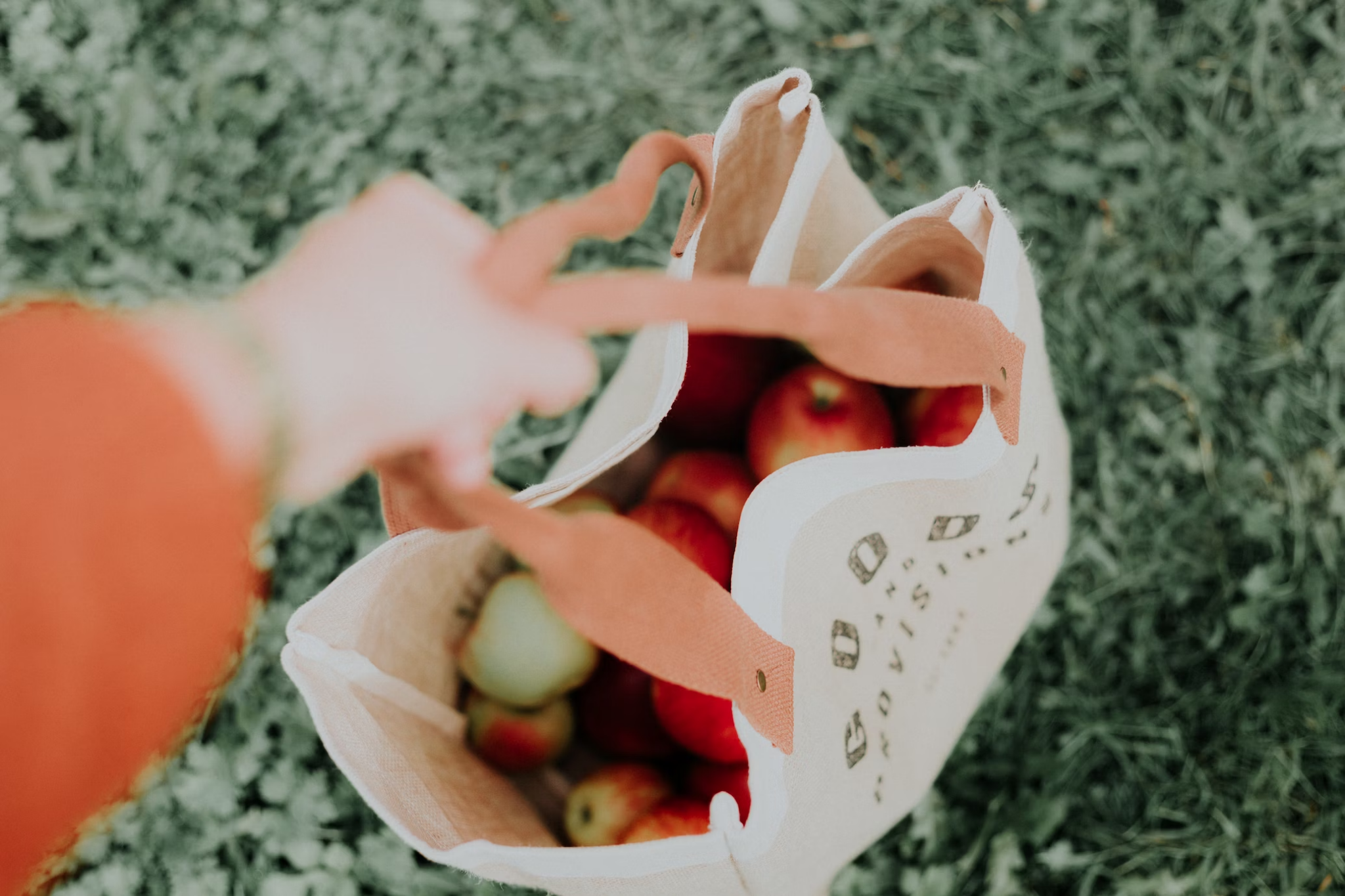 Photo by Priscilla Du Preez CA from Unplash.com
Photo by Priscilla Du Preez CA from Unplash.com
So far, bioplastics and compostable plastics are being used mainly in packaging and food service ware. Sustainable polymers, which include PLA, are being further developed to improve their properties. This biodegradation tool created by MIT researchers can also help in developing biodegradable polymers. Advanced recycling, as noted above, may speed up the process of turning plastic into new plastic material or products to eliminate waste.
Consumer surveys about sustainability and environmental, social, and governance (ESG) initiatives reveal that consumers do care about sustainability in their purchases. Demand for sustainable food packaging will likely continue, as the industry is projected to grow. Consumers generally perceive recycling positively but it’s not a guarantee that they’ll buy, so brands and manufacturers that incorporate recycled plastic in their products will have to address concerns, especially on quality.
The price of sustainable products being comparable to other products is also a major factor for buying decisions. Quite relatedly, the sachet economy persists in certain countries because single-use plastic sachets allow people to afford personal care essentials.
Ongoing policies, with some mentioned here, will definitely shape the dynamics in the plastics industry for the next few years, such as the impact of EPR on recycling and waste management. Businesses might also align themselves with nationwide strategies like the U.S. national recycling goal of increasing the recycling rate to 50% by 2030 to improve their reputation and carbon footprint.
Conclusion
The plastics industry is making significant strides towards sustainability amidst the multifaceted challenges posed by mismanaged plastic waste. These challenges demand collective action from plastic manufacturers, consumers, governments, and organizations alike.
Addressing the global concerns surrounding plastics requires a foundational approach focusing on the 3 Rs (reduce, reuse, recycle), energy efficiency, and innovative product design to usher in a circular plastics economy. Concurrently, it’s imperative to invest in research for novel solutions and refining existing materials and techniques. Additionally, periodic assessments should be conducted to gauge the efficacy of sustainability initiatives and practices.
Beyond these industry-specific efforts, the role of governance becomes paramount. Governments will need to enact regulations that act as a bulwark against plastic pollution and climate change, pushing businesses to take greater responsibility for their products and encourage the use of recycled content.
Global and regional organizations also have a vital part to play in sculpting agreements among nations for waste issues that cross borders. On the ground level, private citizens, both individually and collectively, can champion waste reduction and recycling, actively propelling the momentum for positive change in the plastics industry.
References
- Baca, J. (2021, October 1). What is Advanced Recycling? And Why is it So Important for Meeting the Growing Demand for Recycled Plastics? – American Chemistry Council. American Chemistry Council.
- https://www.americanchemistry.com/chemistry-in-america/news-trends/blog-post/2021/what-is-advanced-recycling-and-why-is-it-so-important-for-meeting-the-growing-demand-for-recycled-plastics
- Burning plastic can affect air quality, public health (Environmental Factor, August 2022). (n.d.). National Institute of Environmental Health Sciences. https://factor.niehs.nih.gov/2022/8/science-highlights/burning-plastic
- Center for International Environmental Law. (2019, February 19). Fossil Fuels & Plastic – Center for International Environmental Law https://www.ciel.org/issue/fossil-fuels-plastic/
- Circular economy introduction. (n.d.). https://ellenmacarthurfoundation.org/topics/circular-economy-introduction/overview
- Climate change and plastics pollution. (2023). OECD. https://www.oecd.org/environment/plastics/Policy-Highlights-Climate-change-and-plastics-pollution-Synergies-between-two-crucial-environmental-challenges.pdf
- Compostable and biodegradable plastics. (n.d.). Royal Society of Chemistry. https://www.rsc.org/globalassets/22-new-perspectives/sustainability/progressive-plastics/explainers/rsc-explainer-2—compostable-and-biodegradable-plastics.pdf
- Examining Material Evidence the Carbon Footprint. (n.d.). Imperial College London. https://www.imperial.ac.uk/media/imperial-college/faculty-of-natural-sciences/centre-for-environmental-policy/public/Veolia-Plastic-Whitepaper.pdf
- Extended producer responsibility packaging laws in the United States. (2023, September 1). JD Supra. https://www.jdsupra.com/legalnews/extended-producer-responsibility-2708124/
- Green Financing. (n.d.). UNEP – UN Environment Programme. https://www.unep.org/regions/asia-and-pacific/regional-initiatives/supporting-resource-efficiency/green-financing
- Historic day in the campaign to beat plastic pollution: Nations commit to develop a legally binding agreement. (2022, March 2). UN Environment. https://www.unep.org/news-and-stories/press-release/historic-day-campaign-beat-plastic-pollution-nations-commit-develop
- How Do I Recycle?: Common Recyclables. (2022, November 13). EPA. https://www.epa.gov/recycle/how-do-i-recycle-common-recyclables
- Plastic & Climate: The Hidden Costs of a Plastic Planet. (2019). CIEL. https://www.ciel.org/wp-content/uploads/2019/05/Plastic-and-Climate-FINAL-2019.pdf
- Plastic pollution. (n.d.). UNEP – UN Environment Programme. https://www.unep.org/plastic-pollution
- Plastic pollution is growing relentlessly as waste management and recycling fall short, says OECD. (2022, February 22). OECD. https://www.oecd.org/environment/plastic-pollution-is-growing-relentlessly-as-waste-management-and-recycling-fall-short.htm
- Plastics strategy. (n.d.). Environment. https://environment.ec.europa.eu/strategy/plastics-strategy_en
- Product sustainability: Back to the drawing board. (2022, February 7). McKinsey & Company. https://www.mckinsey.com/capabilities/operations/our-insights/product-sustainability-back-to-the-drawing-board
- Ritchie, H. (2022, April). Plastic pollution. Our World in Data. https://ourworldindata.org/plastic-pollution
- Secretariat of the Convention on Biological Diversity. (2020, April 27). What is Impact Assessment? https://www.cbd.int/impact/whatis.shtml
- Sustainable Polymers 101. (n.d.). NSF Center for Sustainable Polymers. https://csp.umn.edu/sustainable-polymers-101/
- THE 17 GOALS | Sustainable Development. (n.d.). https://sdgs.un.org/goals
- United Nations Environment Programme. (2021, 22 December). Plastic planet: How tiny plastic particles are polluting our soil. UNEP. https://www.unep.org/news-and-stories/story/plastic-planet-how-tiny-plastic-particles-are-polluting-our-soil
- U.S. Department of Energy invests $13.4 million to combat plastic waste, reduce plastic industry emissions. (2022, January 11). Energy.gov. https://www.energy.gov/eere/ammto/articles/us-department-energy-invests-134-million-combat-plastic-waste-reduce-plastic
Table of Contents
- Understanding the Plastics Industry
- Environmental Challenges and Opportunities
- Best Practices for Sustainable Plastic Production
- Sustainable Plastic Use and Disposal
- Innovations and Emerging Technologies
- Regulatory Framework and Policies
- Economic Opportunities in Sustainable Plastics
- Case Studies and Success Stories
- Future Trends and Outlook



